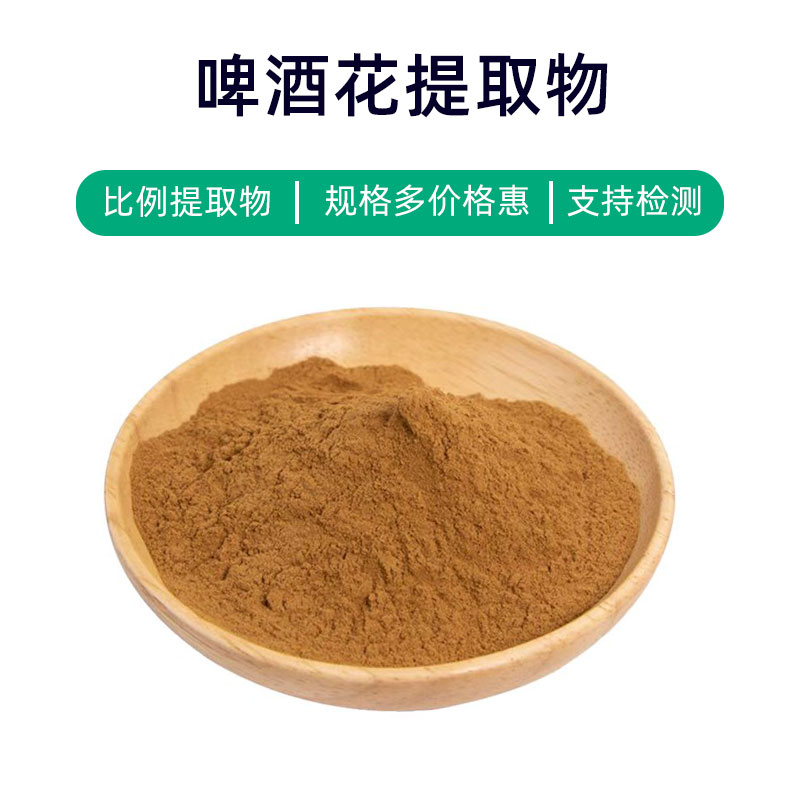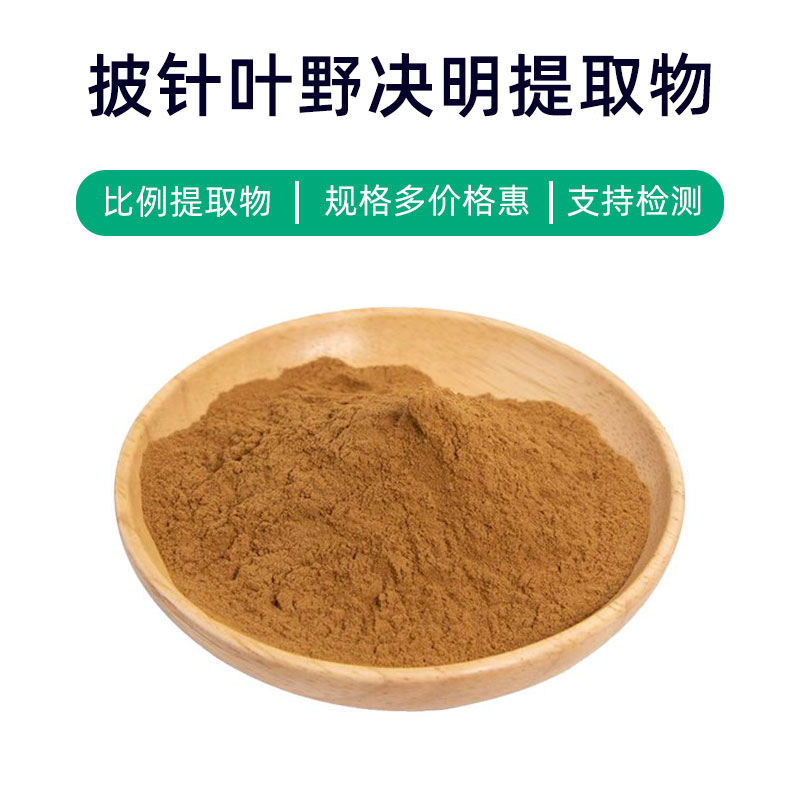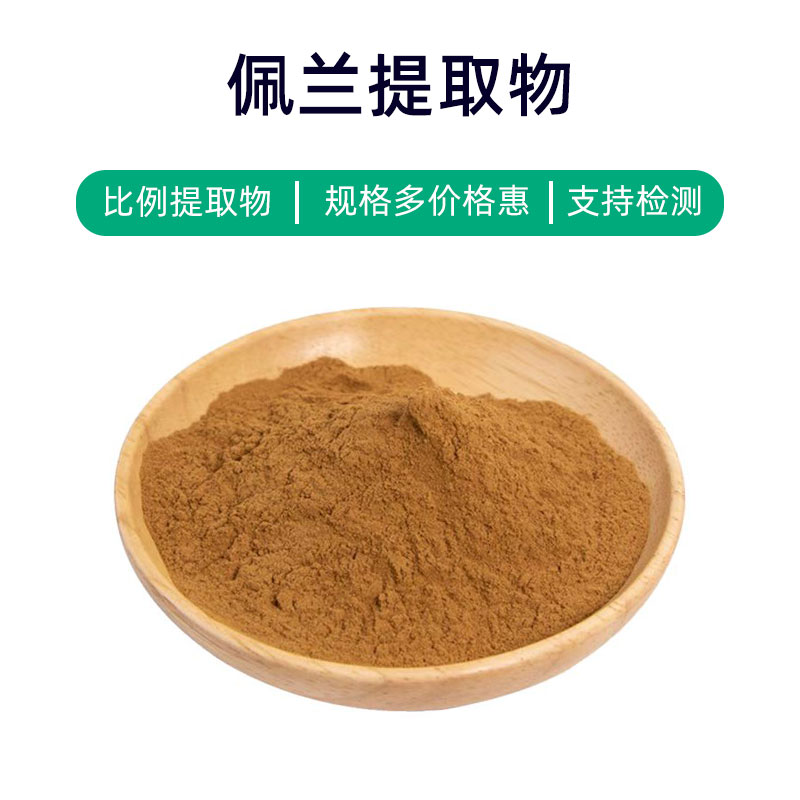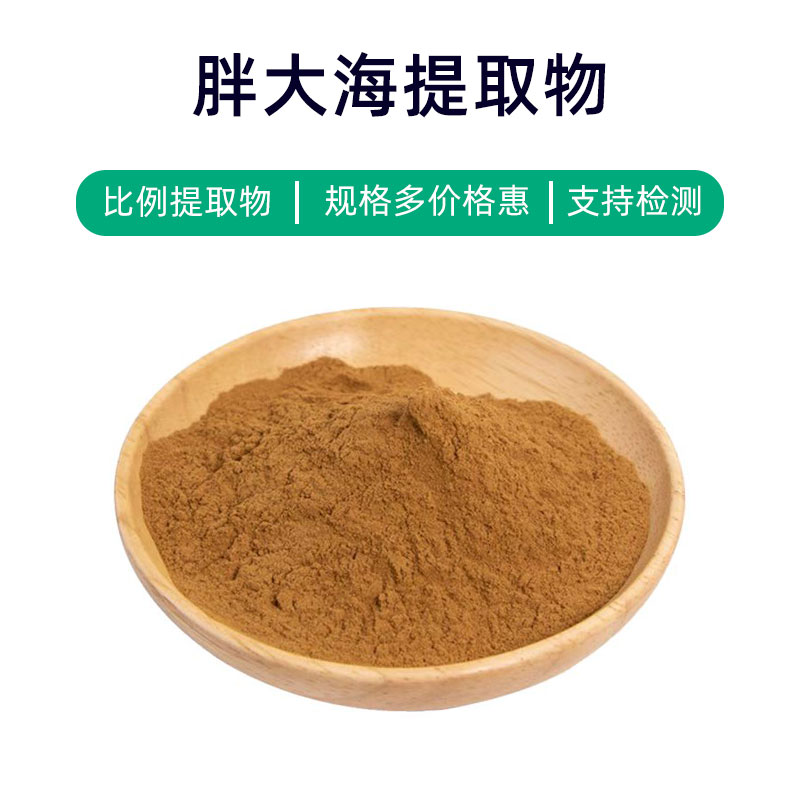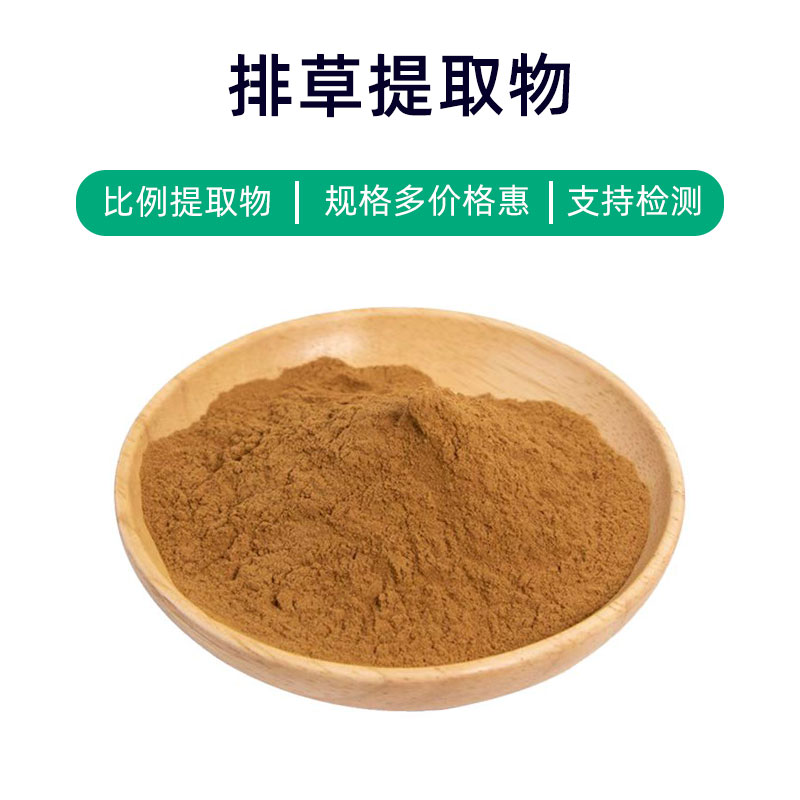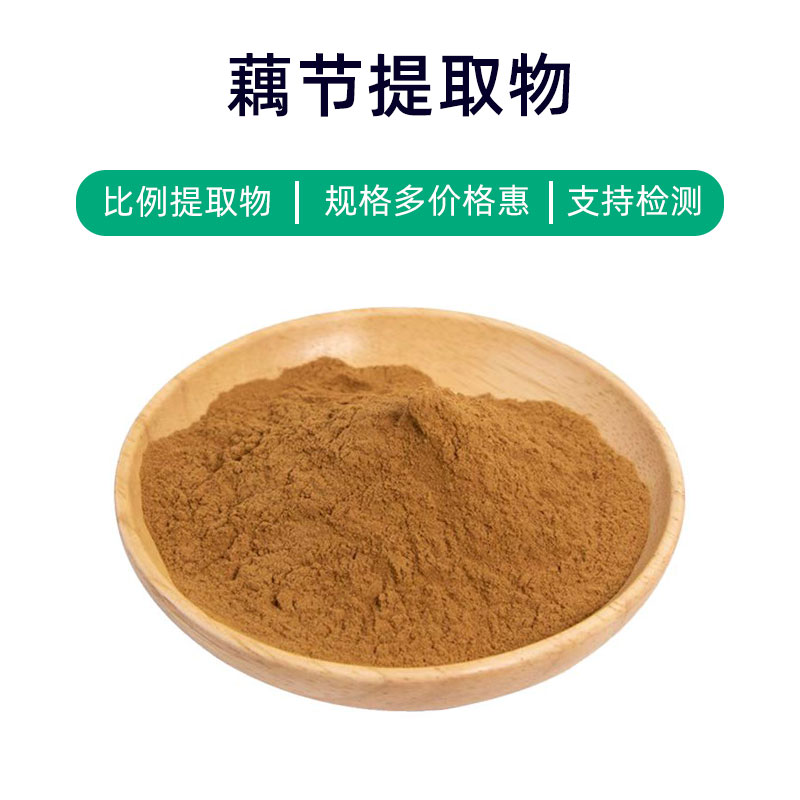Coffee Bean Extract Product Introduction
Coffee bean extract is a natural plant extract derived from coffee beans, primarily consisting of caffeine, chlorogenic acid, and various other bioactive compounds. Its benefits are reflected in several key areas:
- Antioxidant: Rich in various antioxidants, coffee bean extract can neutralize free radicals, slow down cellular aging, and help maintain skin health and youthfulness.
- Metabolism Boost: Caffeine, a primary active ingredient, promotes fat metabolism, enhances caloric expenditure, and aids in weight loss and weight management.
- Mental Alertness: The caffeine in coffee bean extract stimulates the central nervous system, improving focus and alertness.
- Fat Absorption Inhibition: Chlorogenic acid found in coffee bean extract is believed to inhibit fat absorption, helping lower blood lipid and glucose levels, thus aiding in the prevention of obesity and cardiovascular diseases.
Coffee bean extract has extensive applications in the pharmaceutical, food, and cosmetics sectors. In pharmaceuticals, it is often used to formulate weight loss medications, anti-aging products, and cardiovascular health supplements. In food, it is commonly added to coffee, chocolate, and cookies to enhance flavor and nutritional value. In cosmetics, it's included in skincare products and beauty treatments, promoting antioxidant, anti-aging, and slimming effects. When using, follow the product instructions or doctor’s advice to avoid adverse reactions.
Coffee Bean Extract Production Process
The production process of coffee bean extract generally includes the following steps:
- Material Selection: High-quality coffee beans are chosen as raw materials, typically unroasted green coffee beans, which contain more bioactive components like caffeine and chlorogenic acid.
- Grinding: Selected coffee beans are ground to increase extraction efficiency, typically using a grinder to produce a powder.
- Extraction: Appropriate solvents (such as water, ethanol, etc.) are used to extract the active components from the coffee bean powder, dissolving them into the solvent. Extraction methods may include soaking, percolation, and ultrasonic extraction.
- Filtration: The extract is filtered to remove impurities and residues, resulting in a purer extract.
- Concentration: The solvent in the extract is evaporated by heating or other methods, concentrating the solution to produce an extract concentrate.
- Drying: The concentrated extract is dried, often using spray drying or vacuum drying techniques to convert it into a powder for easier storage and use.
- Packaging: The dried coffee bean extract is packaged in sealed containers to prevent moisture, oxidation, and maintain product stability.
This is a typical process for producing coffee bean extract; different manufacturers and products may vary, but the overall steps are generally similar. Strict control of processing parameters is essential to ensure product quality and safety.
Effects and Side Effects of Coffee Bean Extract
Coffee bean extract, obtained from coffee beans, primarily includes caffeine and chlorogenic acid. Its effects and benefits mainly include:
- Mental Stimulation: Rich in caffeine, coffee bean extract stimulates the central nervous system, enhancing alertness and concentration, providing a boost of energy.
- Antioxidant Action: Phenolic compounds like chlorogenic acid in coffee bean extract possess strong antioxidant properties, capable of clearing free radicals from the body, protecting cells from oxidative damage, and delaying aging.
- Metabolism Enhancement: Caffeine promotes fat breakdown and enhances fat oxidation, aiding in weight loss and management.
- Improving Athletic Performance: Caffeine can stimulate muscle contraction, enhancing strength and endurance, thereby improving exercise performance.
- Cardiovascular Health Improvement: Moderate intake of coffee bean extract can lower blood pressure, improve circulation, and help prevent cardiovascular diseases.
Despite the many benefits, excessive or long-term consumption may lead to some side effects:
- Sleep Disorders: High caffeine intake can result in insomnia and anxiety-related sleep issues.
- Cardiovascular Problems: High doses of caffeine may cause increased heart rate and irregular heartbeat, requiring caution for those with heart conditions.
- Digestive Issues: Some individuals may experience gastrointestinal discomfort, such as nausea, vomiting, or diarrhea when consuming high amounts of coffee bean extract.
- Nervous System Issues: Excessive caffeine intake can lead to headaches, tremors, and anxiety.
In summary, moderate intake of coffee bean extract can provide benefits, but overuse may cause side effects. Therefore, it is important to regulate consumption, particularly for vulnerable populations like pregnant women, children, the elderly, and those with chronic illnesses, following medical advice.
Applications and Dosage of Coffee Bean Extract
Coffee bean extract is widely used in pharmaceuticals, food, and cosmetics. Below are its applications in different fields and recommended dosages:
- Pharmaceutical Applications:
- Enhancing Alertness: Caffeine promotes central nervous system function, often used to treat attention deficits and fatigue. Typical dosage is 100-200 mg daily.
- Weight Loss Aid: Coffee bean extract can support fat breakdown and metabolism, generally recommended at 200-400 mg daily, divided into 2-3 doses.
- Food Applications:
- Coffee bean extract can serve as a food additive to enhance flavor and aroma.
- Commonly utilized as a seasoning in coffee, chocolate, and ice cream, with amounts based on personal preference.
- Cosmetic Applications:
- Antioxidant Moisturization: Rich in polyphenols, coffee bean extract has excellent antioxidant and moisturizing properties, recommended for skincare products at 1-5% concentration.
- Weight Loss Products: Some cosmetics claiming slimming effects may include coffee bean extract, with dosage according to product instructions.
Overall, coffee bean extract has a variety of applications across pharmaceuticals, food, and cosmetics, but users should keep the following points in mind:
- Always read the product instructions carefully and use as directed.
- Individual sensitivity to caffeine varies, so dosage should be determined according to personal tolerance and doctor's recommendations.
- Long-term or excessive use may lead to adverse effects like insomnia or palpitations, so adhere to moderation principles.
When using coffee bean extract products, it's advisable to follow the guidance of a healthcare professional and use it appropriately based on individual circumstances.
Introduction to the Coffee Plant, Its Distribution, and Growth Environment
Coffee bean extract is derived from the coffee tree (Coffea), a common member of the coffee genus, belonging to the Rubiaceae family. Here’s detailed information about the coffee tree's introduction, distribution, and growth conditions:
- Plant Introduction:
The coffee tree is an evergreen tree, typically 2 to 10 meters tall but can occasionally reach up to 15 meters. Its leaves are oval or elliptical, usually opposite, leathery, and shiny. The tree produces white flowers with five petals, typically fragrant. The fruit is an oval or round berry containing coffee beans. - Distribution:
Coffee trees are native to the southern regions of Ethiopia and eastern Sudan in Africa. Over time, due to human activity and commercial cultivation, coffee trees have been introduced to many areas worldwide, including Central and South America, Southeast Asia, and tropical and subtropical regions of the Pacific. - Growth Environment:
Coffee trees typically thrive at altitudes between 800 to 2000 meters, though some are cultivated in lower elevations. They have a certain adaptability to climate and soil but prefer warm, humid conditions and fertile, well-draining soil. Adequate sunlight and rainfall are essential for their growth and fruiting. - Primary Cultivated Varieties:
The two main cultivated varieties of coffee trees are Arabica (Coffea arabica) and Robusta (Coffea canephora). Arabica beans are higher quality, have a milder taste, and usually grow at higher altitudes. Robusta beans are more resistant to cold and pests and have a more bitter taste, suited for cultivation in lower altitudes.
The coffee tree is one of the most important economic crops globally, providing coffee beans used to produce coffee beverages. Therefore, it holds significant agricultural, economic, and cultural importance.
Processing, Storage, and Preservation of Coffee Bean Extract
The processing of coffee bean extract usually includes the following steps: first, the selection and cleaning of raw materials, followed by roasting, grinding, and extraction processes. During roasting, it’s crucial to control temperature and time to ensure the beans’ color and aroma are maintained. Next, the roasted coffee beans are ground into a powder to increase the surface area for extraction. Finally, an appropriate solvent is used to extract the active components from the coffee, yielding the coffee bean extract.
For storage, coffee bean extract should be kept away from direct sunlight and high temperatures; it's best stored in a cool, dry place to prevent oxidation and quality degradation. Sealed containers are also important for maintaining the freshness of coffee bean extract, helping extend its shelf life and stabilize its flavor and nutritional components.
Monica Sun is a seasoned expert in the plant extraction industry with over a decade of experience in research and production. She specializes in the extraction and purification of plant active ingredients, focusing on driving innovation in natural product applications. Monica has participated in the development of multiple functional plant extracts, delivering high-value natural raw material solutions for the health food, pharmaceutical, and dietary supplement sectors.









